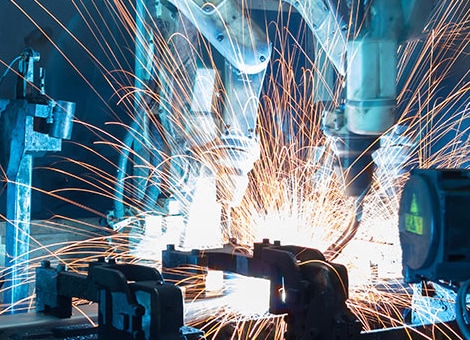
Application
Building Automation Systems
The rise in urban populations has driven the demand for larger buildings and the ability to control the internal environment of these buildings.
Building automation integrates heating, ventilation, and air conditioning (HVAC), with control interfaces as well as monitoring and diagnostic systems – all with the help of sensors and connectivity solutions. Tightening regulations on efficiency and mounting environmental concerns have also driven improvements in building automation systems. Sensors provide data to a one or more processing units that uses that information to drive heating and cooling equipment as well as actuators, dampers, fans and other components to control a building's operation.
Traditional HVAC systems started with thermostats that turned the heating or cooling system on or off based simply on a temperature range. Later, systems became more sophisticated by adding sensors and some degree of processing power that allowed for finer control of the indoor environment and allowing for some customization. Over time advances in technology have made it possible to greatly increase the number of control points, improved system accuracy and provided the ability to fine tune the system based on occupancy, specific zones as well as outdoor heat loads and much more. It has also allowed for the monitoring or system efficiencies and improved diagnostics that can pinpoint issues and allow for predictive maintenance to critical system components. Other trends in HVAC technology such as variable refrigerant flow, variable speed motors and blowers, electronic expansion valves, and smart controls are improving the efficiency, reliability and flexibility of today’s commercial buildings.
TE Connectivity manufactures a broad range of sensing products that are key components to several HVAC applications. Some of these technologies include pressure, temperature, humidity, vibration, position and more. Some applications include rugged reliable board mount differential pressure sensors that can be used to monitor air flow and filters, maintain duct pressure levels and improve the efficiency of heating and cooling systems. These sensors deliver long-term stability, high accuracy, and excellent reliability.




